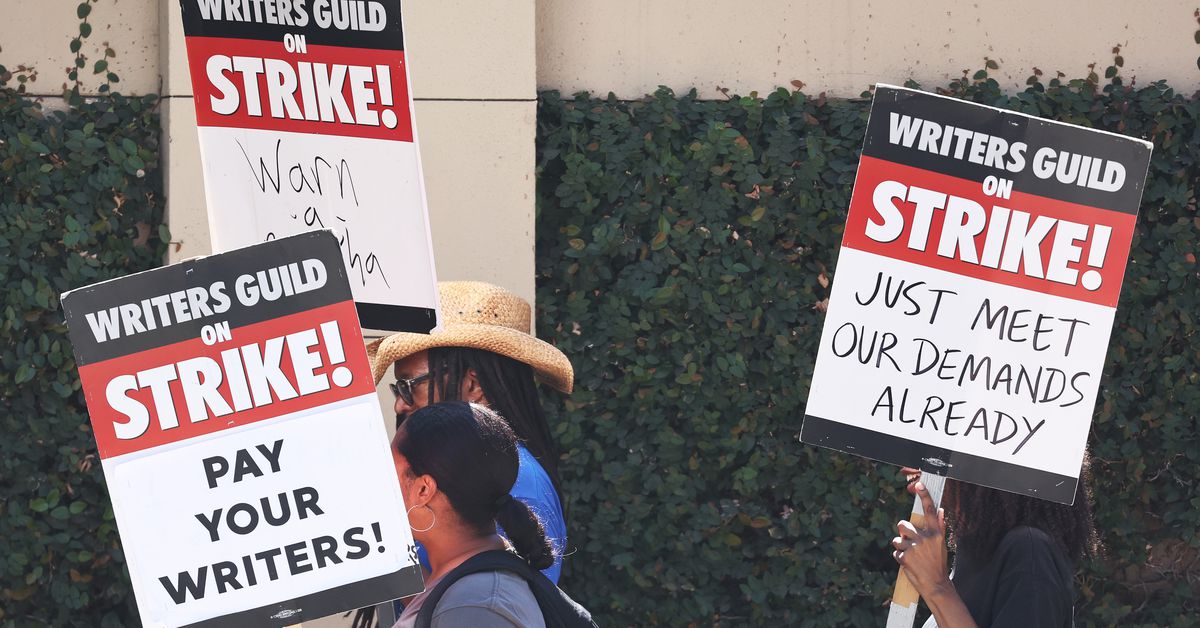In the intricate world of Hollywood, the dynamic between producers and writers has always been a point of contention, revealing a complex tapestry of ambition, creativity, and negotiation. At the heart of this intricate relationship lies the proposal— a document that serves as the lifeblood of many projects. It not only encapsulates the vision of a film or television show but also embodies the subtle power plays and the often-unspoken ideological struggles prevalent within the industry.
Producers, with their financial acumen and strategic foresight, wield significant influence over the creative process. They are, after all, the architects responsible for transforming scripts into visual masterpieces. However, this power can lead to a dissonance between the artistic aspirations of writers and the commercial imperatives dictated by the market. As various genres compete for audience attention, the pressure to conform to prevailing trends can become overwhelming. Writers may find themselves at a crossroads, caught between their artistic integrity and the pragmatic demands of producers.
In many cases, the initial proposals crafted by writers reflect a deep-seated desire for innovation. These documents often contain elaborate narratives and multifaceted characters, an oasis of creativity in an otherwise formulaic landscape. However, as these proposals traverse the labyrinthine corridors of production houses, they are frequently subject to scrutiny and revision. The interaction between the creative and commercial realms highlights an ongoing tug-of-war—where writers are propelled to push the envelope yet must negotiate concessions that suit the funding sources. This leads to the poignant question: at what point does creative compromise become creative capitulation?
The fascination surrounding this relationship stems from the broader implications it has for culture and society. When writers propose stories that challenge the status quo, they push boundaries and question societal norms. Conversely, when producers prioritize profitability over creativity, the artistic essence of the narrative often dissipates. This dichotomy poses a critical inquiry into the soul of modern storytelling. Are audiences yearning for authentic narratives, or has the allure of blockbuster spectacles dulled their appetite for nuanced discourse?
As the entertainment landscape continues to evolve—characterized by the rise of streaming platforms and changing viewer preferences—the tension between producers and writers grows increasingly intricate. New avenues for distribution have unleashed a plethora of content, yet producers still grapple with their overarching need for consumer-friendly narratives. This constant negotiation shapes not only the stories being told but also the ways in which they are told, intertwining economics with artistry.
Ultimately, as producers and writers navigate these multifaceted proposals, they highlight a central truth: the convergence of commerce and creativity is as exhilarating as it is fraught with challenges. Understanding this intricate relationship can enrich our appreciation for the stories that captivate audiences and the dual forces that influence their creation.
